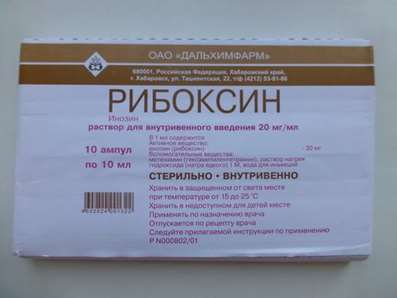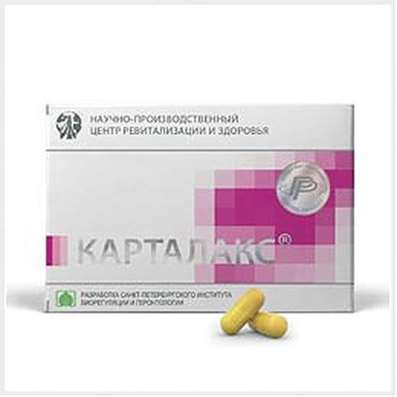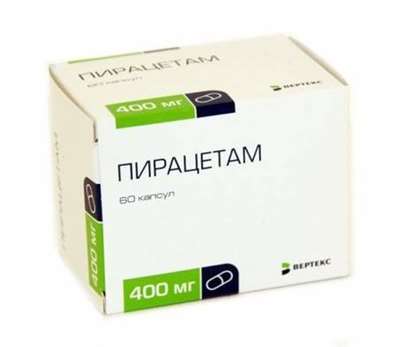Instruction for use: Indanazoline (Indanazolinum)
I want this, give me price
Chemical rational name: N- (2,3-dihydro-1H-inden-4il) -4,5-dihydro-1H-imidazol-2-amine (as hydrochloride)
Pharmacotherapeutic group:
decongestant
Alpha-adrenoceptor agonists
The nosological classification (ICD-10)
J31 Chronic rhinitis, nasopharyngitis and pharyngitis
Allergic rhinosinusopathy, Inflammation of the nasal mucosa, Infectious-inflammatory diseases of upper respiratory tract, Catarrh nasopharyngeal area, Year-round rhinitis, Özen, Sore throat or nose, Rhinitis hyperplastic, chronic Rhinitis, Faringoezofagit, Chronic bacterial rhinitis
CodeCAS 40507-78-6
Pharmacological Properties of IndanazolinePharmachologic effect
decongestant
It stimulates the alpha 1-adrenergic receptors. It causes vasoconstriction, reduces swelling of the nasal mucosa and nasopharynx, nasal breathing easier by reducing the blood flow to the venous sinuses. Nasal breathing is normalized after a few minutes after instillation, the effect persists for several hours.
Indications for Indanazoline
Acute and chronic rhinitis (as a symptomatic treatment for the relief of nasal breathing), preparation for rhinoscopy.
Contraindications for Indanazoline
Hypersensitivity, atrophic rhinitis, angle-closure glaucoma, hypertension, tachycardia, pregnancy, breast-feeding (at the end of treatment), children's age (up to 7 years).
Side effects of Indanazoline
Transient (for several hours) hypersecretion, nausea, dizziness, difficulty breathing, increased blood pressure, tachycardia, sore throat, allergic reactions.
Routes of administration
Intranasal.
Precautions
As the preservative contains 0.02% benzalkonium chloride, which may cause allergic reactions in patients sensitive thereto. Avoid long-term use, because possible chronic swelling and atrophy of the nasal mucosa.

 Cart
Cart





